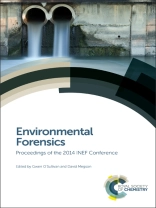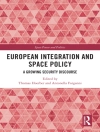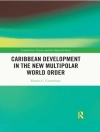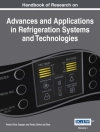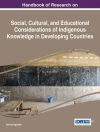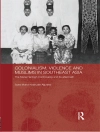This publication is based on peer-reviewed manuscripts from the 2014 International Network of Environmental Forensics (INEF) Conference held at St John’s College, Cambridge. INEF is an organization founded by environmental forensic scientists for the express purpose of sharing and disseminating environmental forensic information to the international scientific community.
Providing a wide range of up to date topics on the advancement and refinement of environmental forensic techniques, this book ensures the reader gets a good understanding of the scope of environmental forensics. Aimed at scientists, regulators, academics and consultants throughout the world, this professionally edited book is the fourth of a series of INEF conference publications chronicling the current state of the art in environmental forensics.
Spis treści
Interaction between the regulator and practitioners in the field of environmental investigations;
An introduction to a multiparameter approach to improve the reliability of environmental crime evidence;
Environmental litigation issues in Taiwan and the forensics strategies of chlorinated hydrocarbon contaminated sites;
Forensic investigations in a PCB case: potential pitfalls and tips;
Use of symmetric tetrachloroethane to age date chlorinated solvent releases;
A forensic methodology for investigating chlorinated solvent releases from a dry cleaner;
13C and δ37Cl on gas-phase TCE for source identification investigation – Innovative solvent-based sampling method;
Characterisation and modeling of dust in a semi-arid construction environment;
Assessment of polycyclic aromatic hydrocarbons in an urban soil dataset;
Statistics of lost historical coal tar PAH contamination in soils and sediments;
Micro-bubbles oxygen injection in groundwater contaminated by organic biodegradable compounds and metals;
Heavy metals (lead, cadmium, chromium, nickel and zinc) contamination in selected electronic waste dumpsites in Lagos, Nigeria;
Evidence for acid mine drainage in an urban stream in the West Midands;
A Practical Evaluation of Petrogenic and Biogenic Methane Sources in the Context of Redevelopment and Explosive Hazard Management in Los Angeles, California;
Subject Index
